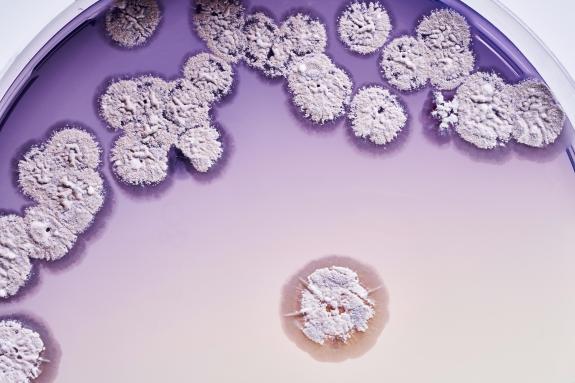We all need microbial helpers to survive. Most symbiotic bacteria live in our intestines and help us digest food or provide us with essential vitamins. They also prevent pathogenic bacteria from colonizing. If the intestinal flora is disturbed, our immune system is weakened.
At the Max Planck Institute for Chemical Ecology, we are researching the symbiosis between insects and their invisible microbial co-inhabitants. The symbiotic bacteria of insects can take on various functions: They play an important role in the digestion of plant material, in resistance to plant defense substances or in defense against enemies. They can also contribute to the protection of offspring or to nutritional supplementation.
We want to compare the symbiotic bacteria of humans with the symbiotic partners of insects and learn more about their important role in nature's struggle for survival.

